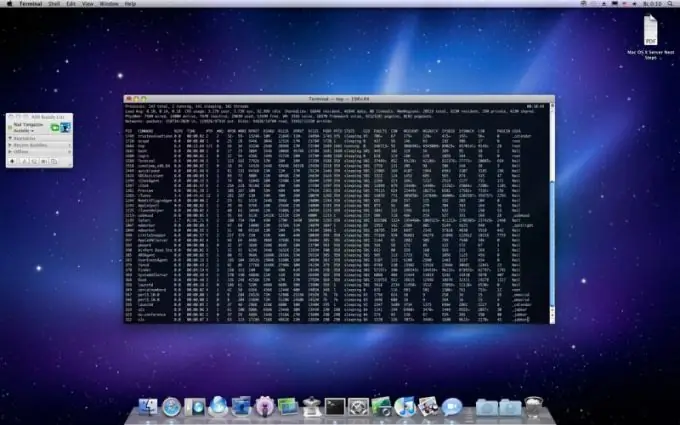For corporate programs, the main criterion for evaluating their functionality is performance. To provide remote access to the program, a terminal server is required. Overloading or misconfiguration may cause this server to go down.

Instructions
Step 1
Install Terminal Server before installing multi-user programs. This is due to the sharing preferences for individual apps. Installing the server first will make it much easier to configure access to shared applications.
Step 2
Run the standard Windows Server Management tool. In it, select the "Add or remove role" item. You need to select a specific role creation configuration to install Terminal Server. After the required configuration is selected, click the "Next" button. Reboot your computer.
Step 3
Please note that the server license is only valid for 120 days. Do not forget to install the licensing server, otherwise after the specified period you will have to bring up the terminal server. Go to the "Start" button menu, select "Control Panel".
Step 4
In the window that opens, double-click on the Add or Remove Programs icon. Go to the "Install Windows Components" tab. The operating system component wizard starts. Find Terminal Server Licensing in the list. Check the box next to it. Complete the installation.
Step 5
Go to the Start button menu. Find the item "Administration", and in it "Terminal Server Licensing". In the item "Actions" click "Activate". a questionnaire will appear. Fill in all the information you need. Save. After that, the "Type of licensing" window will appear.
Step 6
Select the type of license, specify the data on it. Start directly configuring the terminal server. In the "Administration" item, select "Configure Terminal Services". Go to the "RDP-tcp connection properties" tab. Then go to the "General" tab and select the security level.
Step 7
If this terminal will be used in the internal network, then leave the settings in this tab unchanged. In the "Remote Control" tab, deselect the "Request user permission" item and set "Interact with this session".






